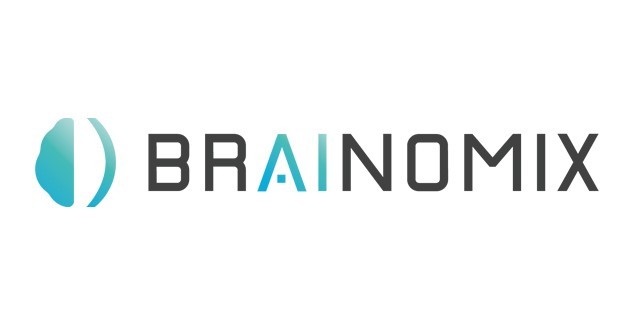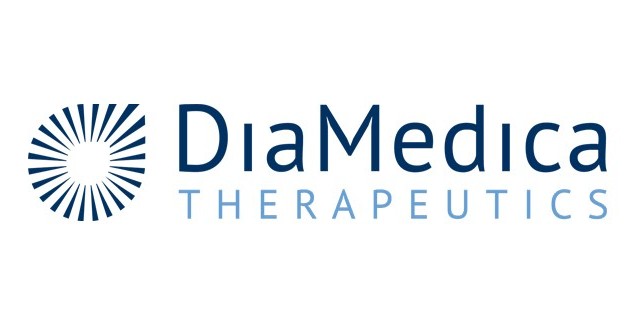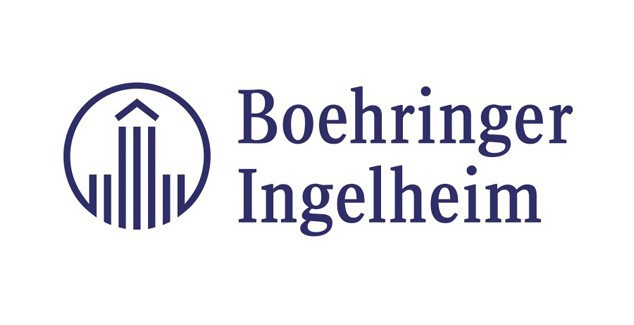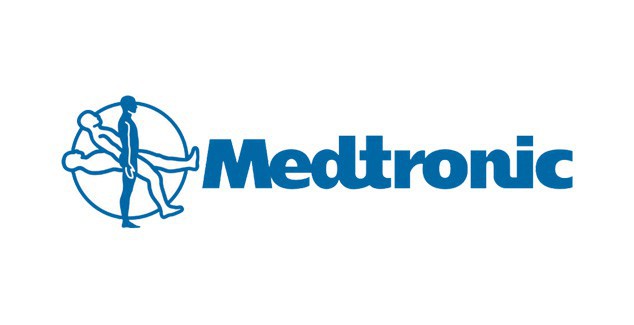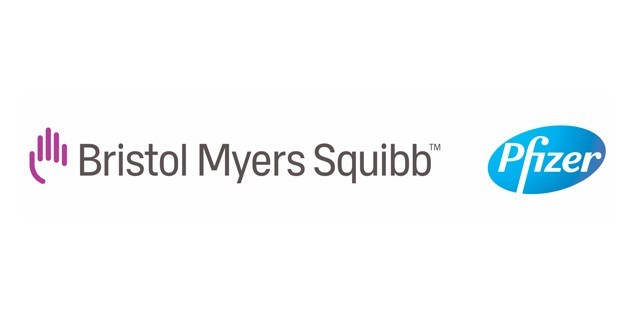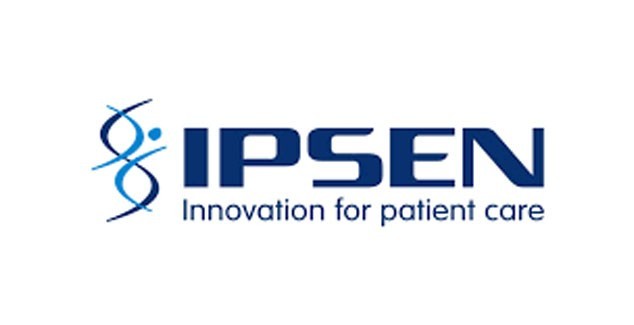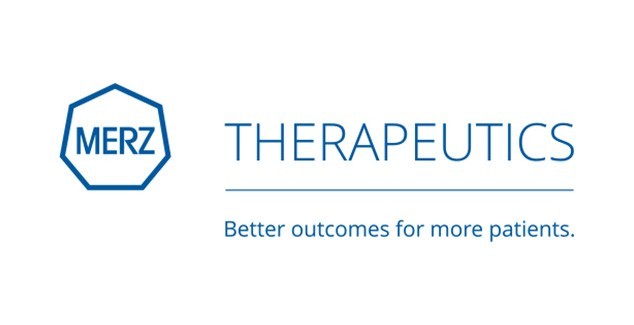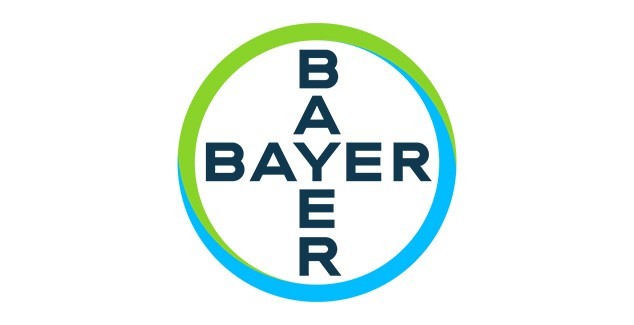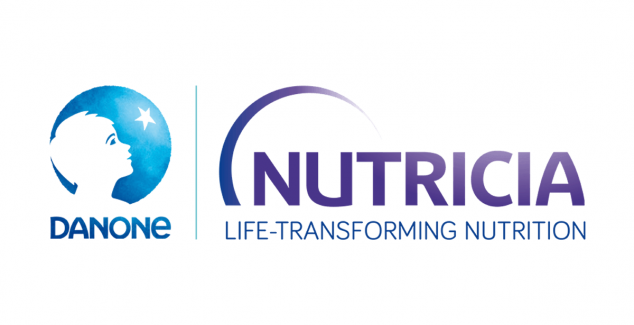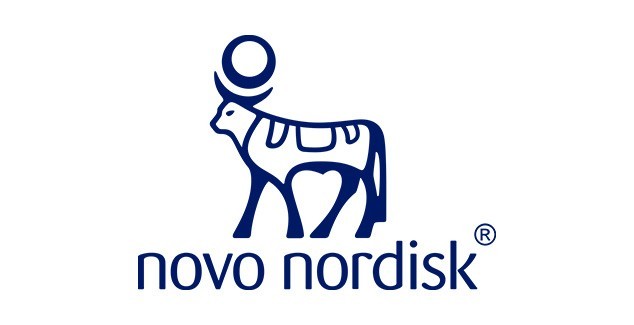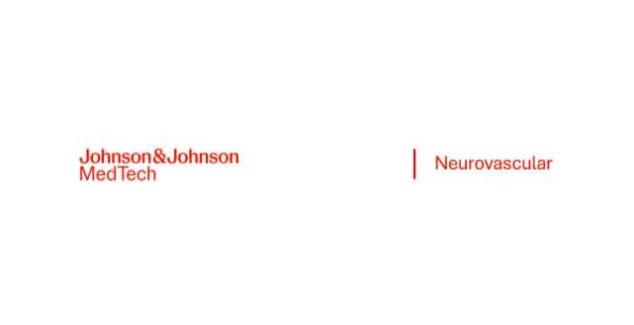Mário Luciano de Mélo Silva Júnior,1,2,3 Marcos Vinícius de Souza Vilanova2 and Neila Clediane de Sousa Menezes2
1Medical School, Division of Neuropsychiatry, Universidade Federal de Pernambuco, 1235 Moraes Rego Av, Cidade Universitária, Recife, Brazil.
2 Medical School, Uninassau, 316 Jonatas de Vasconcelos St, Boa Viagem, Recife, Brazil.
3 Neurology Unit, Hospital da Restauração, No number Agamenon Magalhães Av, Derby, Recife, Brazil.
Many advances have been made in stroke care, including the use of recanalization therapies. However, their time-sensitivity means that the proportion of patients receiving these treatments is low, with even lower usage in low- and middle-income countries. Previous research identified that only 1.1% of patients received thrombolysis in Northeast Brazil.1
Dr. Mário Mélo Silva Jr and colleagues hypothesised that a barrier to the usage of these therapies could be knowledge about stroke in the general public, and set out to investigate this. To assess public knowledge of stroke, the team used a two-part survey based on previous population studies. (2,3,4)
“In the first part of the survey we gathered socio-demographic information” explained Dr. Mário Mélo Silva Jr “and in the second part we presented participants with a clinical case study which they were then asked to answer 10 questions about.”
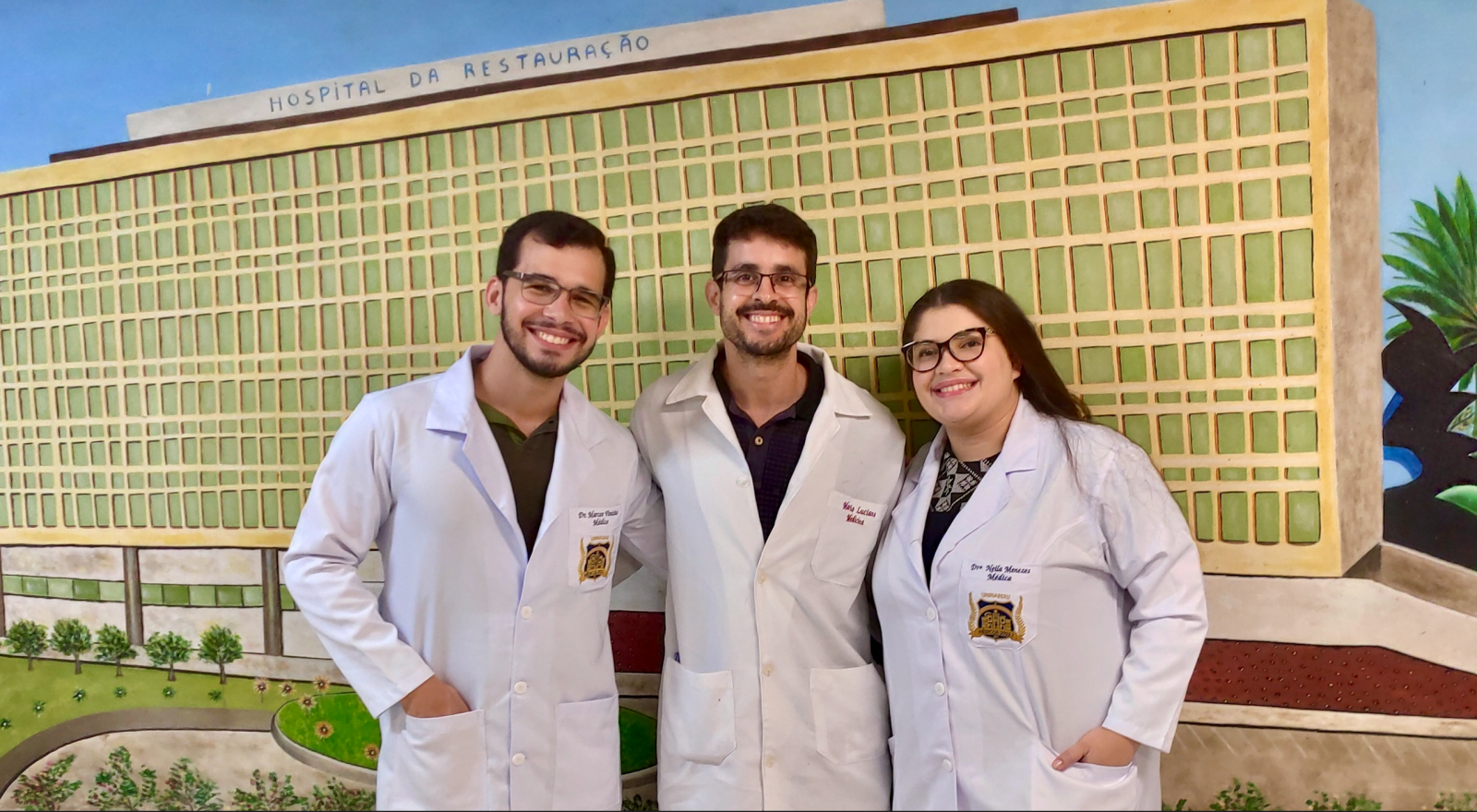
The research team (left to right): Marcos Vinícius de Souza Vilanova, Mário Luciano de Mélo Silva Júnior and Neila Clediane de Sousa Menezes.
In total, the research group collected information from 1,475 participants from 12 cities at all nine Northeast states in Brazil. Socio-demographic data of the surveyed population showed that participants ranged from 18-80, were 53% female, and 60% had 12 years of formal schooling or more.
“This was the largest study about stroke knowledge in Brazil. When looking at the responses to the clinical case study, generally, we saw adequate recognition and responses to the given scenario” said Dr. Mário Mélo Silva Jr. “More than 80% of the surveyed population correctly identified the clinical case study as a stroke.”
Statistical analysis showed that those who were female, had more years or formal schooling, private health insurance and who had experienced a similar situation had higher rates of stroke recognition.
When participants were asked what they would do in the situation set out by the clinical case study, around 40% answered that they would take the patient to the emergency department and the same proportion would call the emergency services. However, 1 out of 5 of those who correctly identified the stroke still did not take suitable action.
Further, when asked about the risk factors for stroke only 57% were able to report at least one risk factor. The most commonly cited risk factors for stroke were poor diet (38%), hypertension (30%) and stress (15%).
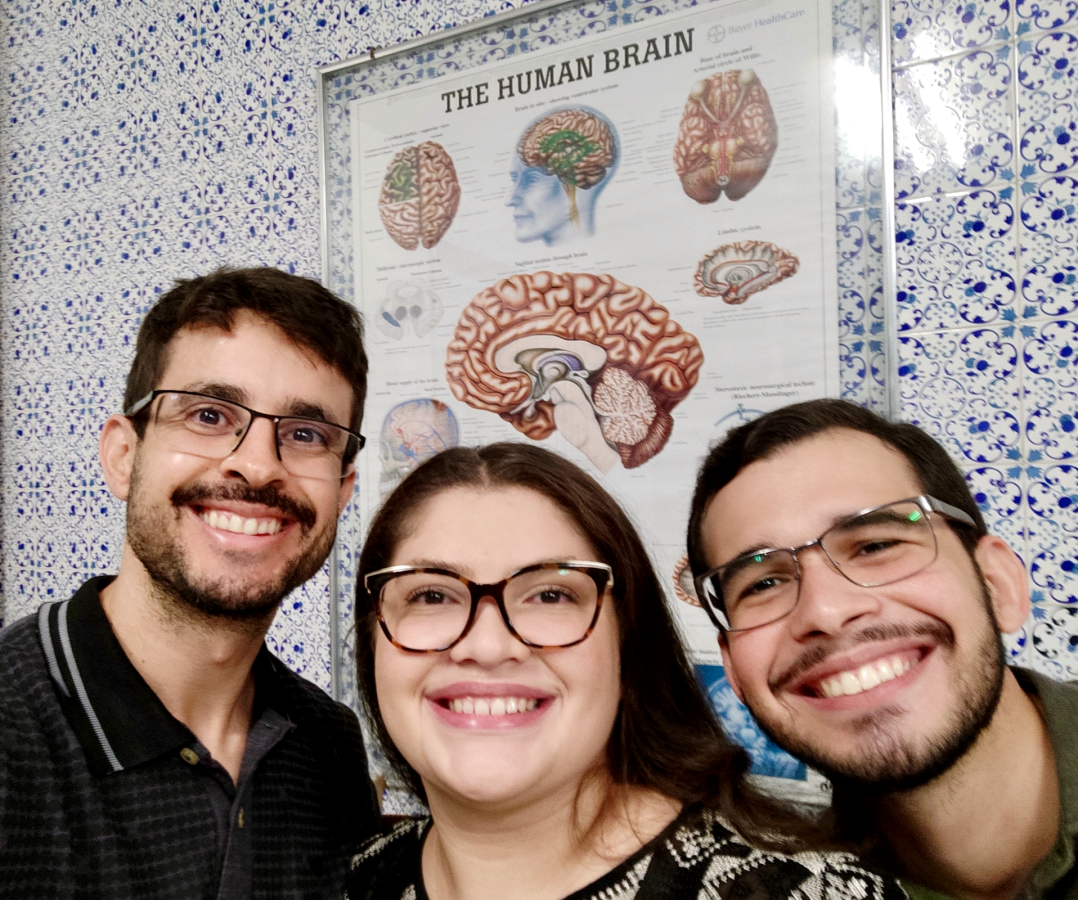
The research team (left to right): Mário Luciano de Mélo Silva Júnior, Marcos Vinícius de Souza Vilanova and Neila Clediane de Sousa Menezes.
The authors concluded that based on the responses to their survey there was a substantial recognition-reaction gap: “We found that although the frequency of stroke identification was at an acceptable level, general knowledge of stroke including risk factors and treatment options was poor.” said Dr. Mário Mélo Silva Jr “This gap needs to be addressed through research and public educational campaigns. This would improve stroke outcomes through quicker presentation to hospital and, therefore, higher use of recanalization therapies.”
References
1. de Carvalho, J. J., Alves, M. B., Viana, G. Á., Machado, C. B., dos Santos, B. F., Kanamura, A. H., Lottenberg, C. L., Neto, M. C., & Silva, G. S. (2011). Stroke epidemiology, patterns of management, and outcomes in Fortaleza, Brazil: a hospital-based multicenter prospective study. Stroke, 42(12), 3341–3346.
2. Meira, F., Magalhães, D., da Silva, L. S., Mendonça E Silva, A. C., & Silva, G. S. (2018). Knowledge about Stroke in Belo Horizonte, Brazil: A Community-Based Study Using an Innovative Video Approach. Cerebrovascular diseases extra, 8(2), 60–69.
3. Dossi, D. E., Hawkes, M. A., Pujol-Lereis, V. A., Povedano, G. P., Rodríguez-Lucci, F., Farez, M. F., & Ameriso, S. F. (2019). A Population-Based Survey of Stroke Knowledge in Argentina: The SIFHON Study. Neuroepidemiology, 53(1-2), 32–40.
4. Pontes-Neto, O. M., Silva, G. S., Feitosa, M. R., de Figueiredo, N. L., Fiorot, J. A., Jr, Rocha, T. N., Massaro, A. R., & Leite, J. P. (2008). Stroke awareness in Brazil: alarming results in a community-based study. Stroke, 39(2), 292–296.


 Member login
Member login


